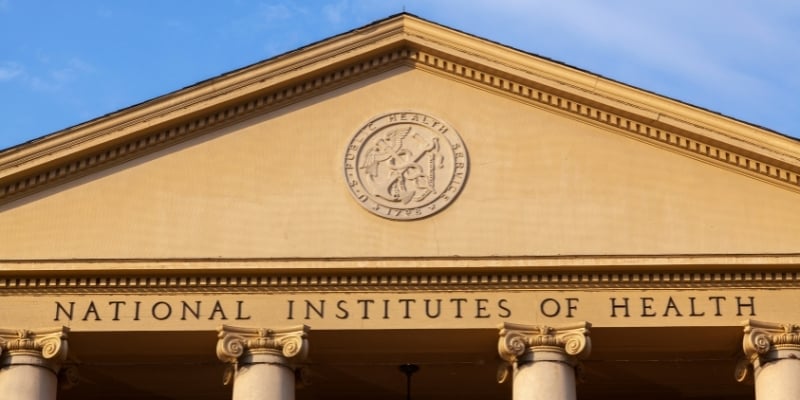I live and work in Colorado, a beautiful state that can look to an outsider like a year-round playground of sunshine and skiing. But my state has a big problem: suicide rates that are among the highest in the country.
It’s a growing crisis. The National Center for Health Statistics recently reported that the suicide rate across the U.S. increased 35% between 1999 and 2018, the last year with complete statistics.
Suicide is a complex issue, usually without a single reason for its occurrence. Risk factors include social stressors, substance abuse, and mental illness like depression. When I talk with patients in the emergency department or teach medical students and residents, I point out the common thread of hopelessness.
I also talk with them about another reason why suicide rates are high in Colorado and the rest of the Mountain West: available firearms. If someone is feeling hopeless and can’t see another way out, and that person reaches for a gun to attempt suicide, in 9 of 10 cases they will die. There won’t be a chance for family or friends to intervene, for 911 to send paramedics, or for doctors in the emergency department to stabilize them with antidotes or other treatments.
Colorado has been tackling its suicide problem through innovative programs, private-public partnerships, and a comprehensive approach with attention to the various at-risk subpopulations.
And then the coronavirus showed up, trailing fear and anxiety in its wake. It triggered panic-buying of toilet paper and a spike in sales of firearms and ammunition. Schools are closed and Colorado is — like most states — under a stay-at-home order. There are concerns about increased use of alcohol, social isolation, and abuse among trapped families. The disruption in the medical system may prevent people with chronic mental health conditions from getting the therapy or medications they need. Skyrocketing unemployment rates and a looming recession add stress.
So will Colorado and other states see rises in suicide rates over the coming months?
Maybe. It does seem like a perfect storm, with an explosion of risk factors, existential anxiety, and even more access to firearms. And calls and texts to crisis lines have increased.
But maybe not. Maybe there is hope.
Neighborhoods in Colorado have started howling outside every evening. It’s our version of Italians singing and New Yorkers clapping, with an outdoorsy twist. The howling shows support for frontline health care providers, grocery workers, and other essential employees. But it’s also a cry that we’re still here, that we’re a pack. It’s a simultaneous expression of communal grief and celebration.
The stress of isolation has brought focus to creative ways to connect with others, whether it is through virtual religious observances or best practices for teleworking. There’s renewed attention to the importance of sharing emotions and the mental health benefits of exercise. For many, it has slowed down life by cancelling business trips and social commitments, resulting in more time with family and potentially stronger and healthier emotional connections.
There are glimmerings on the horizon that the Covid-19 epidemic might eventually lead to an improved medical and public health infrastructure. Racial disparities in Covid-19 fatality rates are highlighting the need to address disparities in health conditions and health care access. The navigation of daily life during the pandemic highlights disparities in socioeconomic status, where staying home is, in so many ways, a privilege.
With luck and leadership and the actions of many, our country’s experience with Covid-19 can lead to positive changes to address homelessness, joblessness, food and housing insecurity, and the many other social issues that plague our society and may increase suicide risk. We can hope that the Covid-induced shift to telemedicine will increase availability to services for mental health and addiction. We can hope for — and demand — resources for comprehensive suicide prevention programs like the U.S. Department of Veterans Affairs PREVENTS initiative.
In the end, positive outcomes are up to us. We don’t have to be passive passengers riding the Covid-19 wave. Each of us has a role to play, and even small steps can help prevent suicide and save lives.
Look out for your friends, family and neighbors. Know how to spot when someone might be thinking of suicide or at risk for it. If you’re worried, ask! It’s okay to ask someone if they’re having thoughts of suicide, and don’t worry about what words you use; just show you care. Make sure you lock up guns, toxic medications, and other potential suicide methods. And if you are having thoughts of suicide, reach out for help.
When I get discouraged about my state’s suicide rate, I remember that our history is full of stories of colorful, tough characters. My favorite pioneer is the “Unsinkable Molly Brown,” an immigrant who lived in a two-room log cabin before striking it rich in the mining boom. Her story, like ours, is not just about being a stoic individual. She survived an unexpected and unprecedented disaster: the sinking of the Titanic on April 15, 1912. And she saved others by loading lifeboats before she got on one and by encouraging the women in her boat to keep rowing.
We can all be Molly Browns and get through Covid-19 and whatever comes after, especially if we’re in it together.
This story was originally published on Stat News.






